
Submerged Minifigs Aquascape Scenes: Easy Fish-Tank Makeover on a Budget
Picture your standard ten-gallon tank. Gravel, a plastic castle, maybe a lone betta patrolling the glass. Nothing wrong with it, but nothing to spark conversation
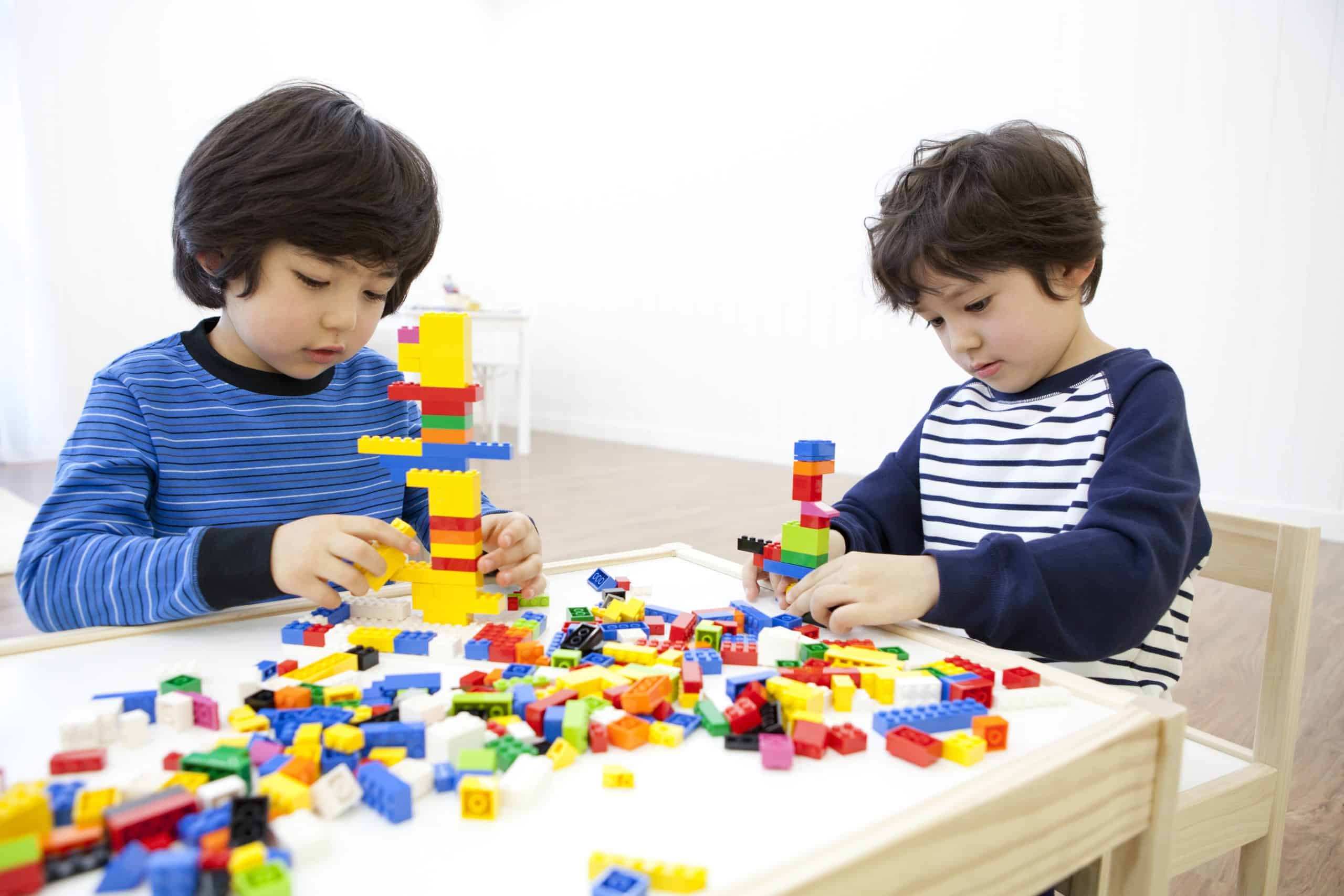
Lego is a world-renowned toy brand that has been inspiring creativity and imagination for generations. However, there is an ongoing debate about how gender stereotypes are perpetuated through Lego sets, marketing, and even play patterns. It’s time to take a closer look at the issue and explore ways to encourage inclusivity and creativity for all.
For many years, Lego sets were marketed primarily to boys, featuring themes such as space exploration, pirates, and superheroes. Meanwhile, Lego sets targeted at girls often featured pastel colors, domestic scenes, and stereotypical female roles like hairstylists or nurses. This reinforced the idea that boys and girls should play with different toys and have different interests.
Moreover, studies have shown that children tend to stick to gender norms when playing with Lego. Boys are more likely to build cars, airplanes, and action figures, while girls tend to build houses, cafes, and other domestic scenes. This divide can limit children’s creativity and perpetuate gender stereotypes.
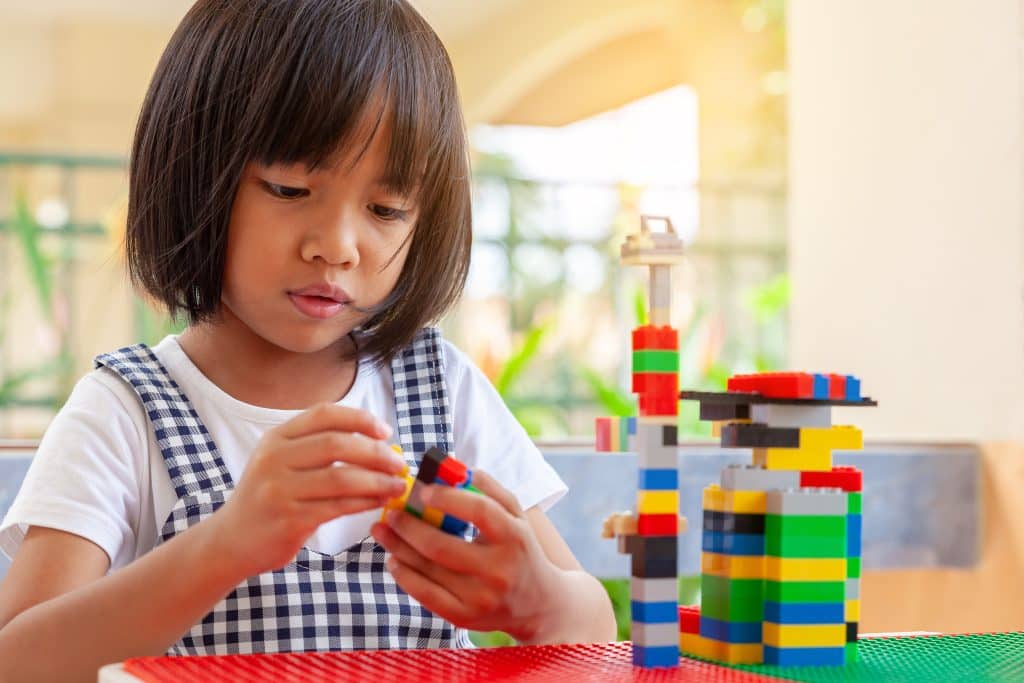
Fortunately, there are ways to overcome gender stereotypes in Lego play and promote inclusivity and creativity for all children. Here are some tips:
One of the easiest ways to encourage inclusive and creative play is by diversifying your Lego collection. Avoid buying sets that are overly gender-specific and opt for themes that appeal to a wide range of interests. For example, Lego has recently introduced a new line of sets featuring diverse characters, including people with disabilities, LGBTQ+ characters, and different cultural backgrounds. By adding these sets to your collection, you can provide a more inclusive play environment for your children.
Parents can challenge gender stereotypes by encouraging their children to explore different types of Lego play. For example, if your son tends to build cars, suggest he builds a house or a café instead. If your daughter enjoys building houses, encourage her to create a spaceship or a superhero. By exposing children to a variety of play patterns, they can learn to think outside the box and develop new skills and interests.
Another way to promote creativity and inclusivity in Lego play is by providing open-ended play opportunities. Instead of giving your children specific instructions on what to build, provide them with a set of Lego bricks and let them use their imagination. By allowing children to create their own designs and scenarios, they can explore their interests and develop their own unique styles of play.
Collaborative play can also promote inclusivity and creativity in Lego play. Encourage your children to build together, share their ideas, and work as a team. This can help them develop social skills, problem-solving skills, and creativity. Moreover, by working together, children can learn to appreciate each other’s perspectives and interests, regardless of gender.
Parents can also introduce STEM-related Lego sets to their children. These sets can help to bridge the gender gap in science, technology, engineering, and mathematics (STEM) fields, where women are underrepresented. By providing Lego sets that teach basic engineering and coding concepts, parents can encourage their children to develop an interest in these fields from a young age.
Storytelling is an essential part of imaginative play, and Lego play is no exception. Encourage your children to create stories around their Lego builds, no matter how simple they may be. By doing so, they can develop their language and communication skills, as well as their creativity and imagination.
Lastly, parents should avoid limiting language when it comes to Lego play. For example, avoid using language like “boys’ Lego” or “girls’ Lego.” Instead, refer to sets by their themes or specific characters. This can help to break down gender stereotypes and promote inclusivity.
In conclusion, Lego play should be an activity that encourages creativity, inclusivity, and fun for all children. By taking steps to diversify your Lego collection, challenging gender stereotypes, providing open-ended play opportunities, and encouraging collaboration, storytelling, and STEM-related play, parents can help their children develop skills and interests that go beyond gender stereotypes. Let’s work together to create a world where Lego play is for everyone, regardless of their gender.

Picture your standard ten-gallon tank. Gravel, a plastic castle, maybe a lone betta patrolling the glass. Nothing wrong with it, but nothing to spark conversation
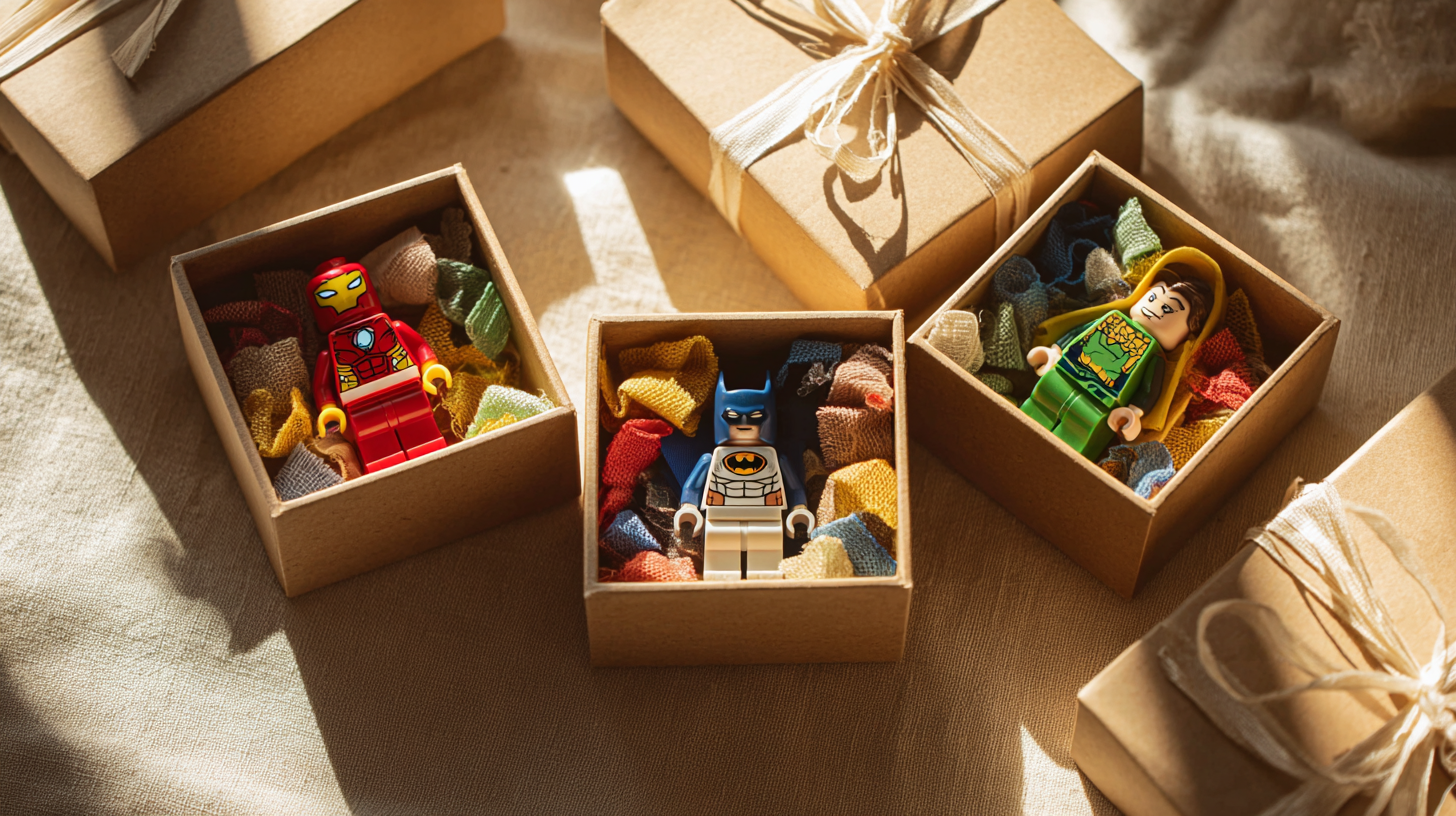
Introduction – stop guessing and start gifting Every December I promise myself I’ll avoid the last-minute gift dash. Then I stare at my list, blank.
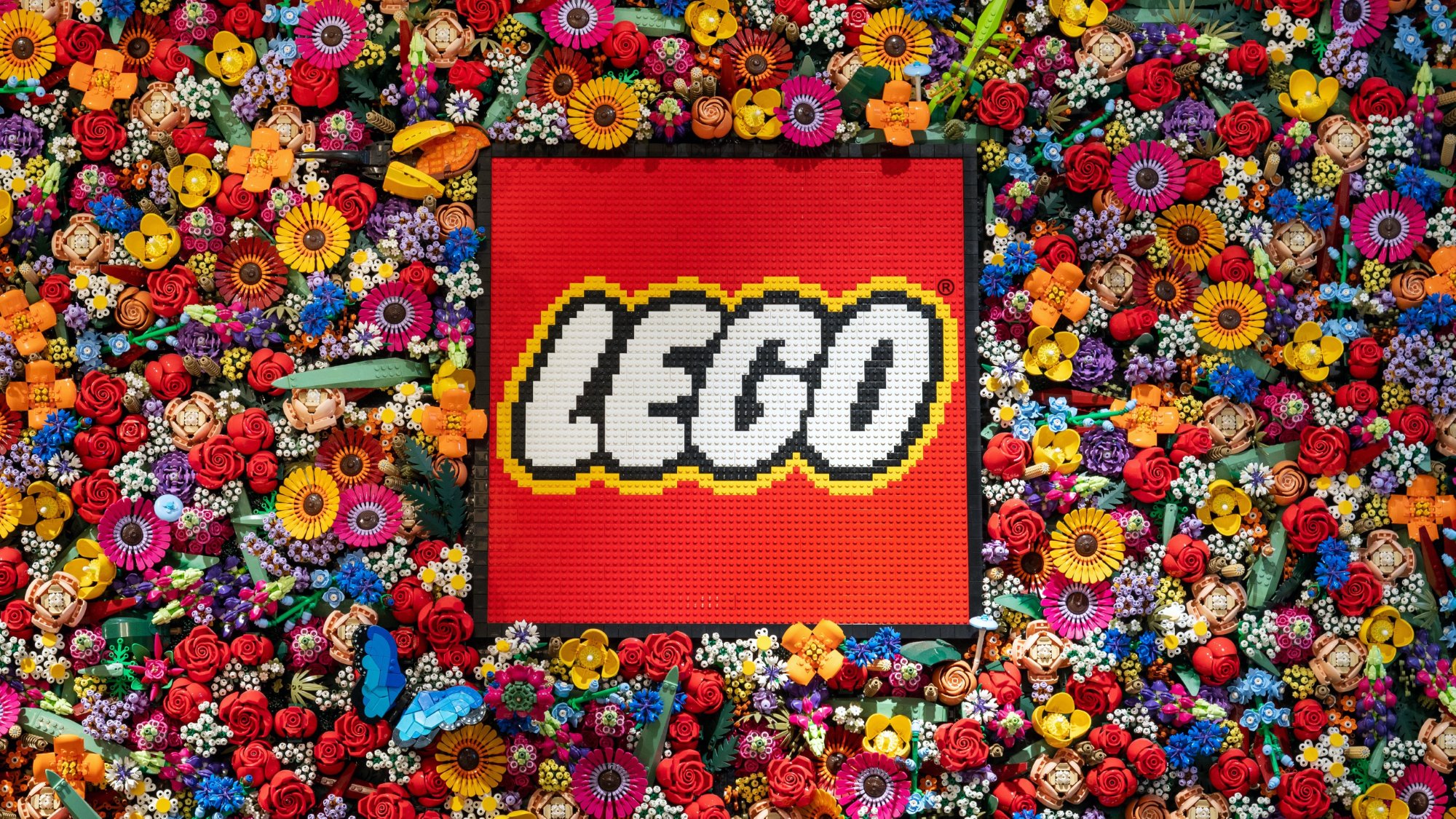
“Play is not frivolous. It is how we learn.” Those words from the late educator Seymour Papert echo through LEGO’s history. On 26 June 2025, TIME put that idea
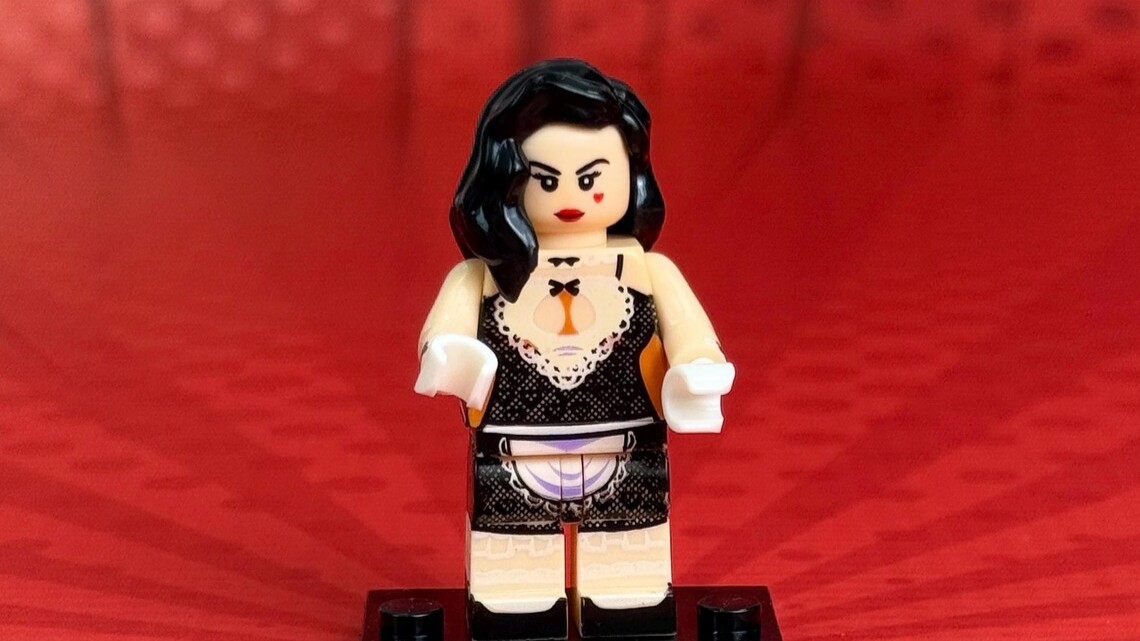
I remember the first time I came across a suspicious minifigure. It felt light in my hand, and the print on its torso looked slightly
© 2022 All rights reserved. LEGO® is a trademark of the LEGO Group of companies which does not sponsor, or endorse our products
Made with ❤ by Minifig.biz